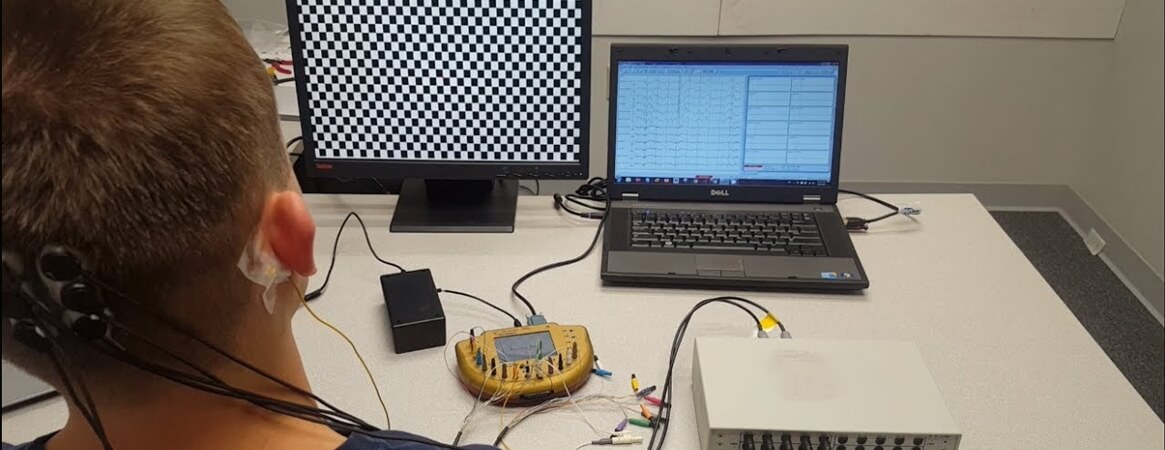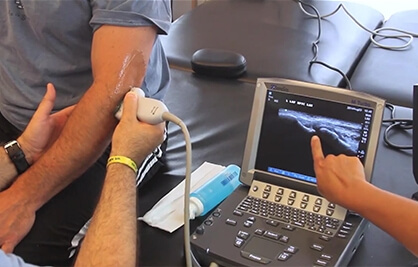Visual Evoked Potentials - VEP Test
Treatment Areas
- +
- +
- MAIN PAGE +
- BIOGRAPHY +
- +
- GALLERY +
- CONTACT +
- +
- +
- +
- +
- +
- +
- +
- +
- +
- +
- +
- +
- +
- +
- +
- +
- +
- +
- +
- +
- Prof. Dr. +
- Treatment Areas +
- - Multiple Sclerosis
- - Epilepsy - Sara's Disease
- - Alzheimers
- - Dementia
- - Dementia, Alzheimers
- - Migraines and Headaches
- - Parkinson's Disease
- - Sleeping disorders
- - Stroke - Paralysis
- - Hand, Foot Numbness
- - Muscle Weaknesses
- - Peripheral Neuropathy
- - Brain Related Infections - Tumors - Degenerative Diseases
- - EMG - Electromyography
- - EEG Recording - Electroencephalogram
- - Long Term Video EEG
- - Visual Evoked Potentials - VEP Test
- +
- - Diagnosis and Treatment
- - What is Multiple Sclerosis?
- - Alzheimer's Disease
- - Epilepsy
- - How Should
- +
- +
Visual Evoked Potentials - VEP Test
Visual Evoked potential tests - VEP Test are very sensitive tests and can be drawn by following certain technical conditions. As your body experiences light, sound, touch, and other sensations, your brain receives this information as a series of electrical signals. In some neurological diseases, there may be a slowdown or deterioration in the transmission of these signals due to the disease.

The tests measure the electrical activity in parts of the brain that result from light, sound, and touch, and serve to localize the injury site.
There Are Three Main Types of Evoked Potential Tests - VEP:
Visual Evoked potentials - VEP: Your doctor or technician asks you to watch a checkerboard pattern while sitting in front of a screen.
Brainstem Auditory Evoked Potentials (BAEP): Headphones are attached to each ear to listen to the sound and take a shot.
Sensory Evoked Potentials (SEP): You receive brief electrical impulses to one of your arms or legs.
A fourth type of test is used for damage to motor evoked potentials, nerves in your brain, and spinal cord that moves your body.
During the tests, there will be needles or superficial electrodes placed on the scalp. This is a safe and painless procedure. It usually takes about 2 hours to perform the three types of evoked potential tests. A physician with special training in these tests will interpret the results. A trained technician will guide you and assist you with the shoot.
Evoked potentials are ancillary tests to other laboratory methods and your physician will evaluate the results of these tests together with other laboratory tests and your symptoms.

